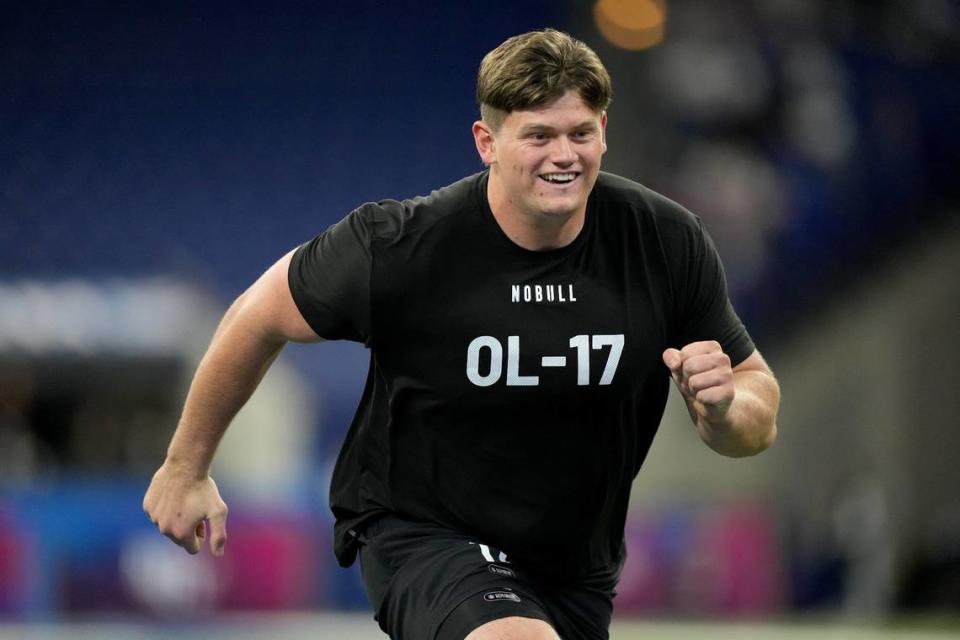Dolphins draft preview: Which prospects can round out Miami’s offensive line?
- Oops!Something went wrong.Please try again later.
- Oops!Something went wrong.Please try again later.
- Oops!Something went wrong.Please try again later.
- Oops!Something went wrong.Please try again later.
- Oops!Something went wrong.Please try again later.
- Oops!Something went wrong.Please try again later.
- Oops!Something went wrong.Please try again later.
Last offseason, the Dolphins found outside improvements to their offensive line, signing Terron Armstead and Connor Williams, who both had impressive seasons in their first year in Miami. But injuries undercut the cohesiveness of the offensive line; the Dolphins used nine different starting combinations in 2022.
Several weeks into free agency this year, the Dolphins have only signed one offensive lineman so far: Dan Feeney. But head coach Mike McDaniel said at the NFL’s annual owners meetings last week that the team would continue to search for reinforcements along the line. This could come via a free agent signing or one of Miami’s four picks in the NFL Draft.
“We’re taking our time with the market and seeing how that plays out,” McDaniel said, “and there’s some stuff we have in thoughts of the draft. But of course, that will be addressed. Obviously, from last season, depth can and will be tested, but you’re trying to do it within the framework of what’s the best and all your needs of your team and what you can manage as a coaching staff and what you need to outsource with additions of players that can’t be coach-driven.”
In the first of a series of draft previews, the Miami Herald will look at the team’s offensive line options. Next is running back.
Depth chart
Projected starters: Terron Armstead (left tackle), Liam Eichenberg (left guard), Connor Williams (center), Robert Hunt (right guard), Austin Jackson (right tackle)
Reserves: Dan Feeney, Robert Jones, Geron Christian, Kendall Lamm, Kion Smith
WHAT DO THE DOLPHINS NEED?
Competition and depth. The Dolphins have three bonafide starts in Armstead, Williams and Hunt. But there are still questions about Eichenberg and Jackson, who were both limited by injuries this past season. McDaniel and general manager Chris Grier remain bullish on the two players — who are still recent high draft picks — especially in the second year of McDaniel’s scheme. Nonetheless, Miami needs to add legitimate competition and injury insurance, especially for Armstead, who has never played an entire season and missed four games in 2022.
Here are offensive linemen the Dolphins could target in the draft:
Syracuse’s Matthew Bergeron
Why’d he fit: Bergeron, 6-5 and 318 pounds, was a three-year starter in college with experience at both tackle positions. On a conference call with ESPN draft analysts Matt Miller and Jordan Reid last week, Miller called Bergeron’s run blocking “fantastic” and said he has the athletic traits to play tackle or guard in an offense that emphasizes the zone running scheme.
Why he might not: While Bergeron is a strong run blocker, he’s not as proficient in pass protection. He can be inconsistent with his footwork and hand placement, the latter of which led to a lot of holding penalties in his career.
Projection: Round 2-3
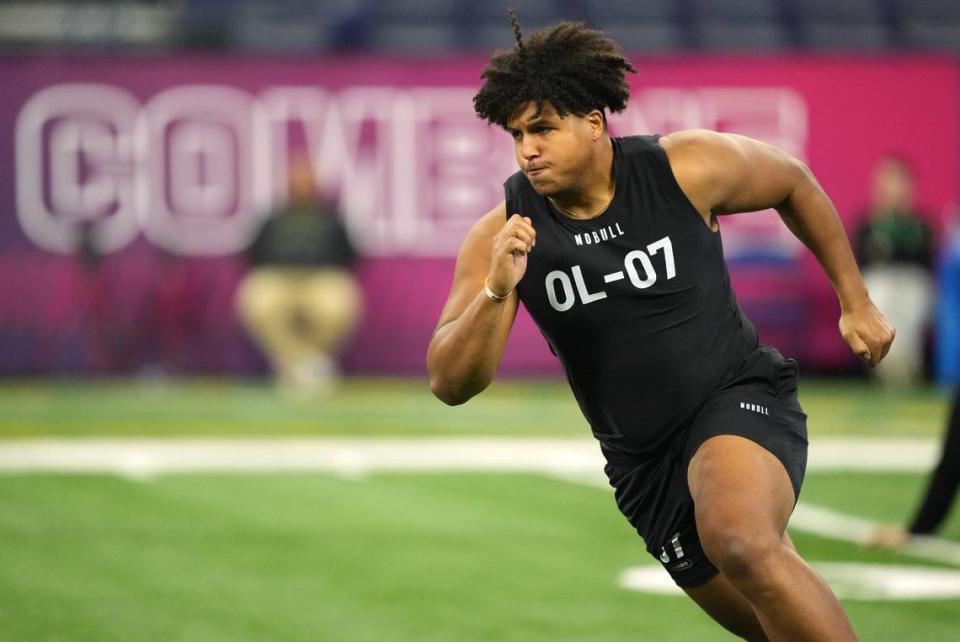
TCU’s Steve Avila
Why’d he fit: The 6-3, 332-pound Avila is a strong run blocker who has experience at both guard (15 starts) and center (17 starts).
Why he might not: Avila’s foot speed and lateral movement gives him struggles in space, whether that is reaching angles in the run game or trying to stop quicker pass rushers. He also is noted to have struggled with recognition of stunts.
Projection: Round 2-3
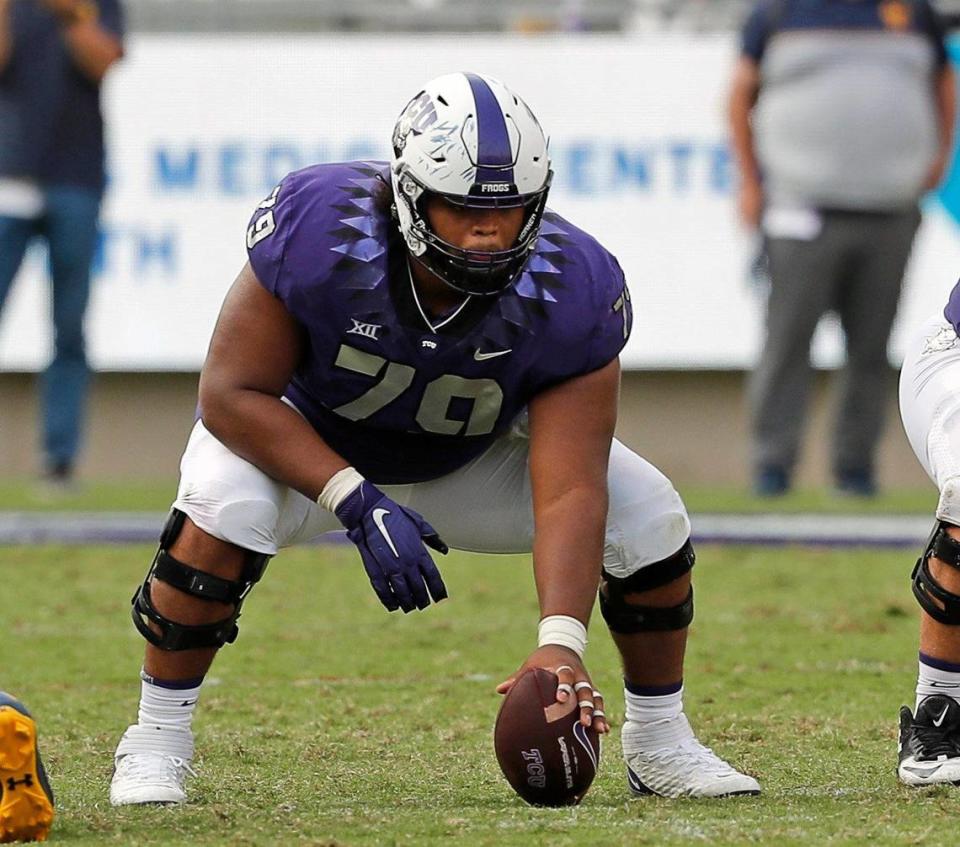
North Dakota State’s Cody Mauch
Why he’d fit: Mauch is a former walk-on tight end who added about 80 pounds to his 6-5 frame during his time in college. But now at 300 pounds, Mauch is still a good athlete and an aggressive blocker in the run game. Mauch has started 39 games, with 37 coming at left tackle and the other two at right tackle.
Why he might not: Mauch’s pass protection will need work in the NFL. His shorter-than-average arm length also may lead to a move inside to guard, where he would need to bulk up to hold up against bigger defensive linemen.
Projection: Round 2-3
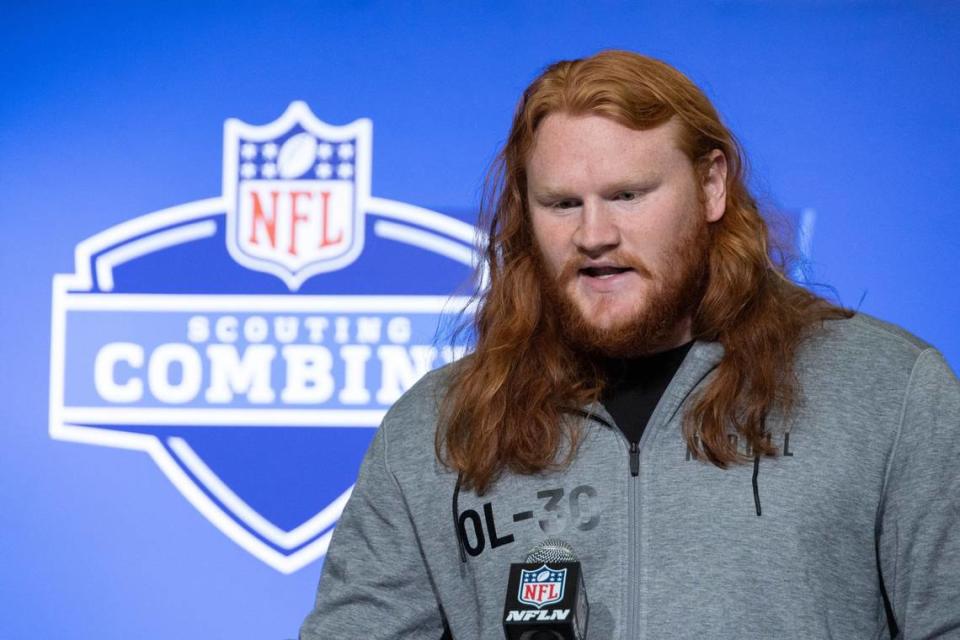
Maryland’s Jaelyn Duncan
Why he’d fit: Duncan, 6-6 and 306 pounds, is a fluid athlete who moves well in space and can get to his spots quickly. He started four consecutive seasons at left tackle and could be a backup to Armstead. On a conference call in February, NFL Network draft analyst Daniel Jeremiah said Duncan is “somebody that I think is a year away. ... I think his best football is in the future, not in the past.”
Why he might not: Duncan’s technique often negates his athleticism advantage and will be a work in progress when he enters the NFL. He can err in his hand placement, and his arm length and hands measured below average, which would be a problem against bigger defenders. There are also concerns about his strength in both the run game and pass game.
Projection: Round 3
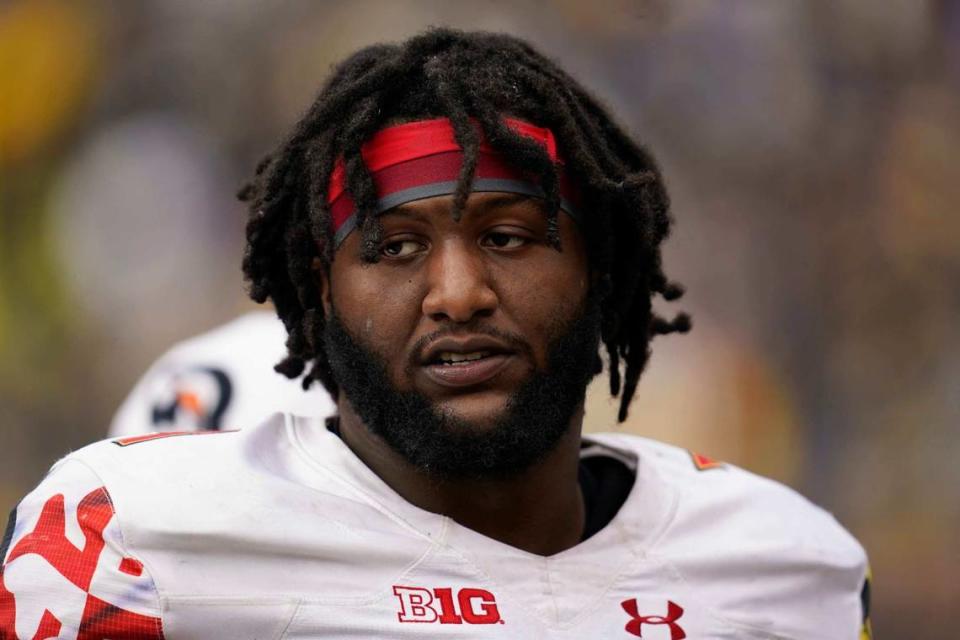
BYU’s Blake Freeland
Why’d he fit: The 6-8, 302-pound Freeland has great size to play tackle and athleticism to match, too, with a quick first step. He also played in a zone-heavy scheme at BYU and has experience at both tackle positions.
Why he might not: Because of Freeland’s size, his high pad level can leave him susceptible to bull rushes and his lateral quickness may leave him at a disadvantage against smaller, quicker defenders. Freeland will also likely need to add mass to his frame and get stronger in the NFL.
Projection: Round 4-5
